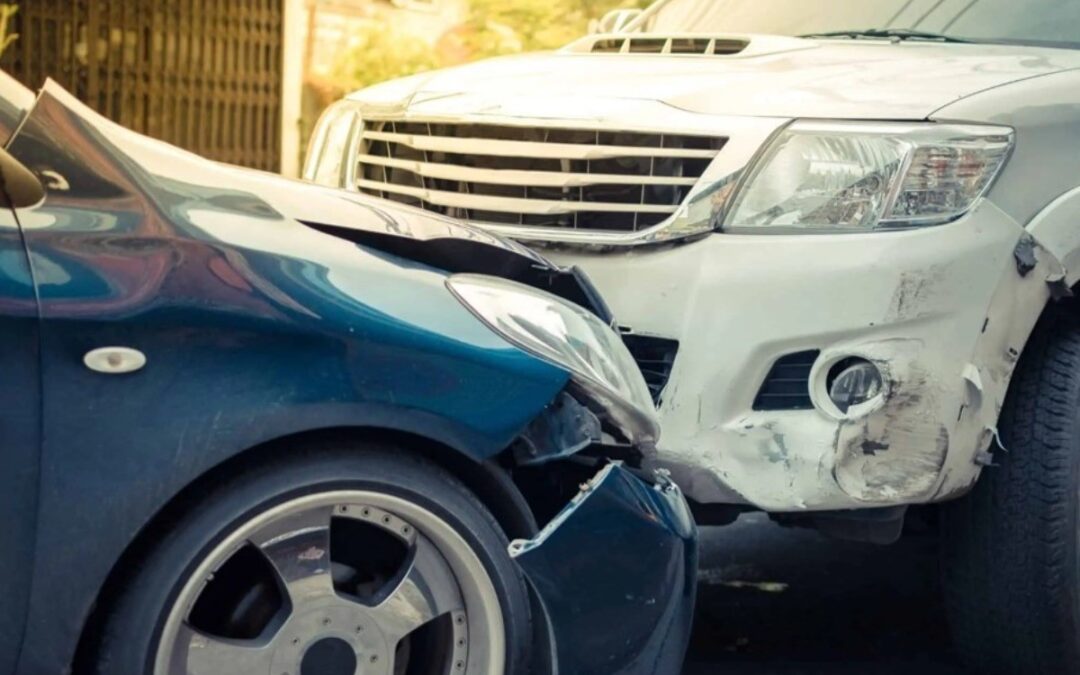Head-on car accidents are among the most dangerous types of crashes. Since the vehicles involved are moving towards each other and mostly at high speeds, the impact force can be catastrophic. Head-on collisions often account for a high rate of severe injuries and fatalities. Survivors of head-on collisions usually suffer life-changing injuries that require long-term medical care. In this blog, we discuss five common injuries caused by head-on car accidents and the steps you can take if you or a loved one has been hurt in a head-on collision.
1. Traumatic Brain Injuries (TBIs)
One of the most devastating consequences of a head-on accident is a traumatic injury. According to Mayo Clinic, car accidents are a common cause of TBIs. Although airbags and seatbelts help reduce the severity, they do not eliminate the risk. TBIs have lifelong effects on victims, including cognitive difficulties and memory loss. In severe cases, victims may experience prolonged unconsciousness and comas and even become brain-dead.
TBIs do not always exhibit symptoms immediately, and one may mistake a TBI for a headache, only to realize later that the damage was significant. This is why seeking immediate medical attention after an accident is advisable, even if you feel okay.
2. Spinal Cord Injuries
Spinal cord injuries are also common after a head-on collision. Victims who suffer spinal cord injuries are often at risk of paralysis and chronic or reduced mobility. These types of injuries usually require long-term rehabilitation, assistive devices, and home modifications, which can be costly. Given the emotional and financial burdens associated with spinal cord injuries, it is worth exploring legal options for compensation for medical expenses and lost wages, among other damages.
3. Lower Body Injuries
While you may assume that head-on collisions affect the upper body only, the reality is that even the lower body can be at risk. Studies have shown that knee, hip, foot, and ankle injuries are common in these accidents. According to the National Highway Traffic Safety Administration (NHTSA), contact with the car’s floor, pedals, or dashboard often results in lower-body injuries.
4. Internal Injuries
Due to the impact of head-on collisions, victims can sustain internal injuries. These may include injuries to organs like the liver, kidneys, and spleen. The danger with these types of injuries is that they are not always obvious, which is why getting medical attention after an accident is critical.
5. Psychological Injuries
Beyond the physical injuries, head-on collisions can leave survivors struggling with emotional and psychological trauma. Many victims develop post-traumatic stress disorder (PTSD), which can result in flashbacks, anxiety, and fear of driving again.
What To Do After a Head-on Collision
If you have been involved in a head-on collision, consider taking the following steps:
1. Seek immediate medical attention, even if you feel fine. This can help rule out or address
any invisible injuries like TBIs or internal bleeding as soon as possible
2. Contact a car accident attorney to help you recover compensation for medical bills, lost
wages, and pain and suffering.
3. Avoid discussing the case with anyone other than your lawyer and posting about it on
social media. This ensures that your words aren’t used against you to devalue or deny
your claim.
Contact Us for Legal Help
If you or a loved one has suffered injuries from a head-on collision, contact Griggs Injury Law today to protect your rights and secure the compensation you deserve.


